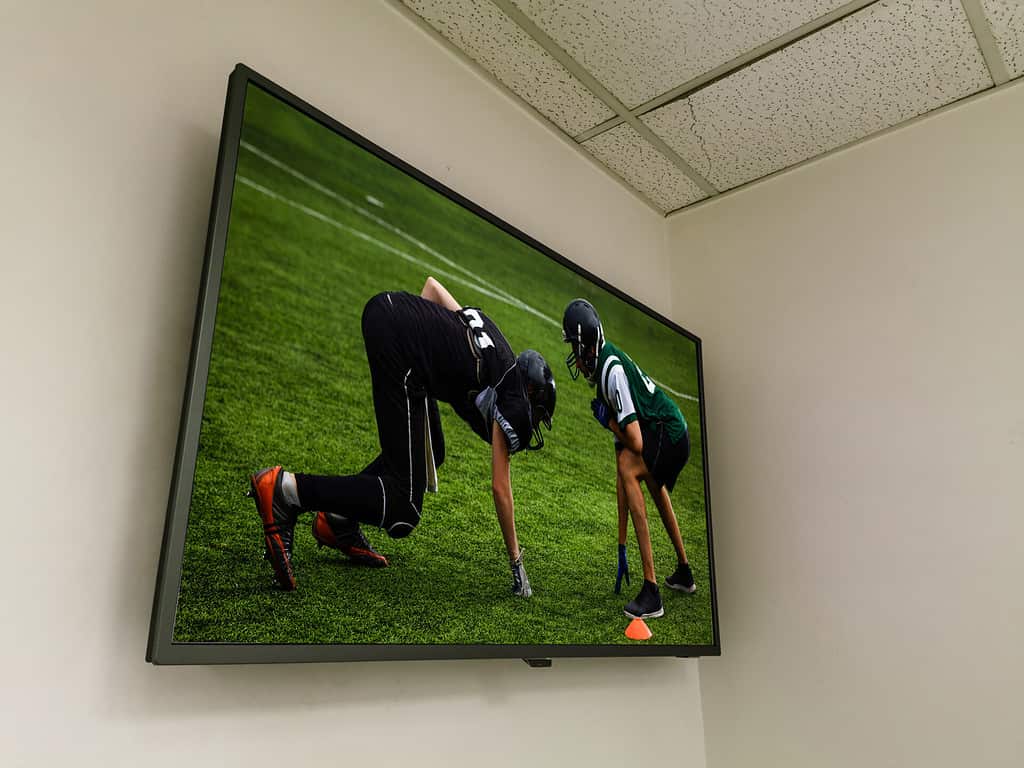
The debate between OLED and QLED is one that has been raging for years. Both technologies have their own advantages and disadvantages, and there is no clear winner. In this blog post, we will take a closer look at both technologies and try to come to a conclusion about which is better.
What is OLED?
OLED stands for Organic Light Emitting Diode, which is a type of display that uses organic materials to emit light. OLED displays are used in televisions, computer monitors, and mobile devices. The most common OLED displays are the ones in your smartphone and TV screens. OLED displays produce a much richer and more accurate color than the LCD displays on TVs and computer monitors.
What is QLED?
QLED is a new type of display technology that uses quantum dots instead of traditional LCDs. Quantum dots are semiconductor nanocrystals which emit light when they are exposed to an electrical current. Quantum dots are smaller than a wavelength of visible light and can be tuned to emit specific colors by changing the size and shape of the nanocrystals. This technology allows for better color reproduction, deeper blacks, and more vivid colors. Contact ZoeSquad TechSavvy for Help deciding
Advantages of QLED
QLED is a newer technology that offers many advantages over traditional LCD screens.
QLED screens are more energy efficient, have better color reproduction, and can display a wider range of colors than LCD screens.
They also have a higher contrast ratio, which means that they can produce deeper blacks and brighter whites.
If you’re looking for a new TV or monitor, QLED is definitely the way to go!
Advantages of OLED
OLEDs have a number of benefits. First, they are made up of a single layer of organic materials and are cheaper to make. Second, they are more flexible and can be applied to a variety of surfaces. Third, they emit light in a wide range of colors. Fourth, they have the ability to be rolled up or folded into tubes. Fifth, OLEDs are more resistant to outside environmental factors such as heat and humidity.
Disadvantages of OLED
There are a few disadvantages of OLED technology that you should be aware of before making a purchase.
First, OLED displays can suffer from image retention or “burn-in.” This means that if you leave a static image on an OLED display for too long, it can become permanently imprinted on the screen. So, if you’re planning to use your OLED TV for marathon gaming sessions or extended movie watching, be sure to take breaks every so often to avoid this issue.
Second, OLED displays are also more susceptible to screen damage from physical impact than other types of TVs. So, if you have young children or pets in the home, you’ll want to take extra care to keep them away from the TV.
Finally, OLED TVs tend to be more expensive than other types of TVs on the market. So, if you’re on a tight budget, you may want to consider another option.
The verdict
QLEDs are the new technology on the market and offer a brighter, more colorful display with a high contrast ratio. They also have a wider viewing angle and are significantly thinner than the older models. OLEDs are still a popular choice for televisions because of their better contrast ratio and wider viewing angle. Both technologies have their pros and cons, but if you’re looking for a television that offers the best of both worlds, then it’s a good idea to consider an OLED television.
If you need TV mounting Contact us 804-571-1652

